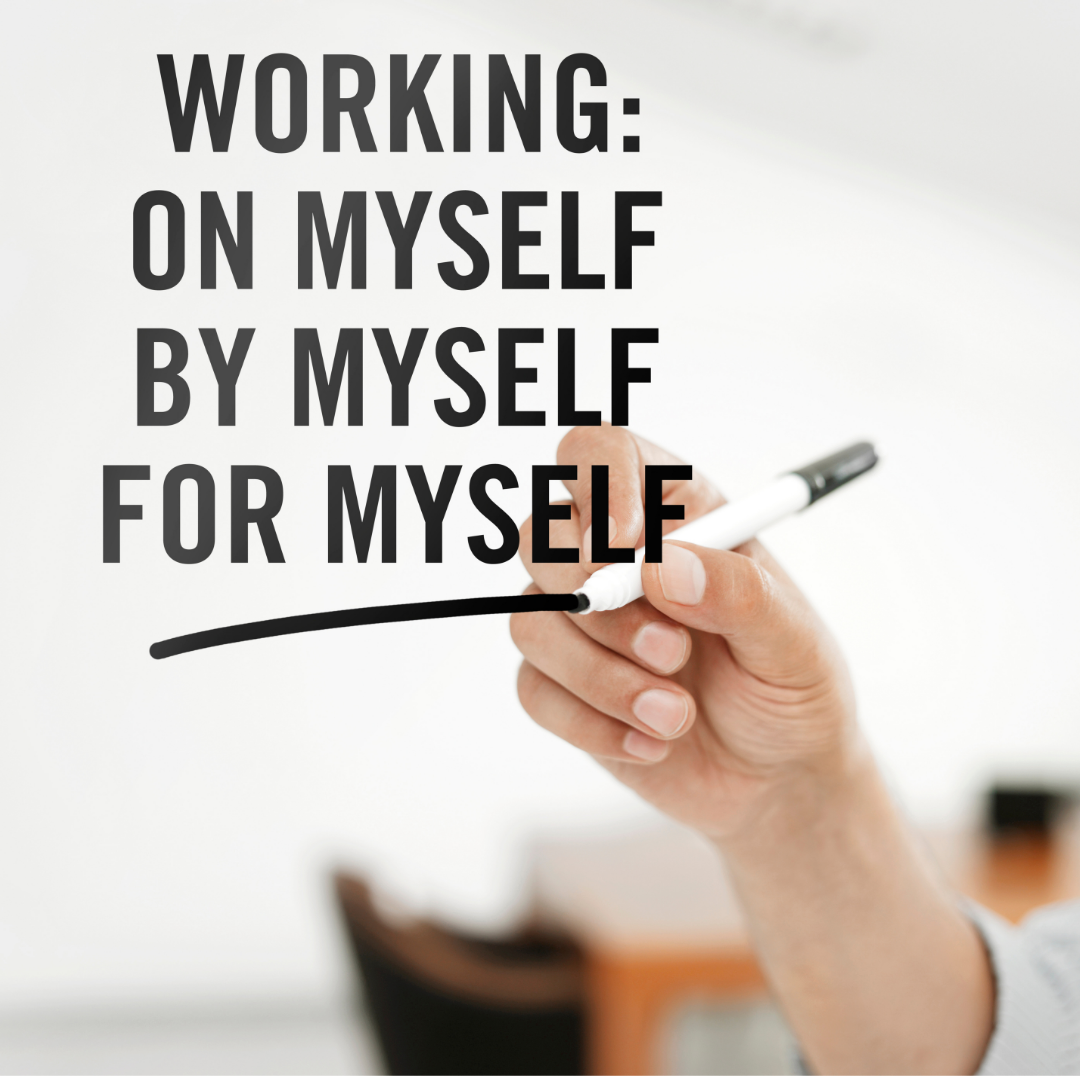Workplace bullying can be a silent yet pervasive problem that can leave employees feeling powerless and demoralized. It can come in many different forms, from subtle snide comments and insults in emails to more overt aggressive behavior. Unfortunately, workplace bullying is a reality that many employees face, whether they are the target of bullying or witness it happening to someone else. It can cause mental, emotional, and physical harm to those targeted and can lead to decreased self-confidence, lowered job satisfaction, and increased stress levels. It can leave employees feeling drained, unable to focus, and less productive.
The effects of bullying can be particularly damaging if it is left unchecked, leading to a toxic work environment that nobody wants to be in. It can be difficult to navigate the workplace without the proper support and resources. In many cases, victims of workplace bullying don't feel like they have the power to speak out and advocate for themselves. That's why it's important for those who find themselves in this situation to understand how to handle workplace bullying and how to advocate for themselves.
Self-advocacy in the workplace is important to help you maintain a safer work environment. By learning how to better advocate for yourself, you can gain the confidence you need to stand up for yourself and others.
Advocating for yourself in bully culture can be difficult, but it is important to remember that you have the right to stand up for yourself. Using 'I statements' can be a helpful tool when standing up to bullies and asserting yourself. I-statements are a communication technique which requires you to express your thoughts and feelings in a non-confrontational way. By using 'I' sentences, you can focus on your own feelings, and make it clear to the other person that you are not attacking them but simply expressing your opinion. For example, you might say, "I feel upset when you speak to me in that tone of voice." This technique can help to diffuse the situation and allow you to stay in control of the conversation.
Every situation involving bullying is different, and it's important to recognize when it is appropriate to simply walk away from a bully. In some cases, engaging with a bully may only serve to escalate the situation, so it is important to evaluate each situation carefully before responding. It is also important to consider the potential consequences of walking away, such as further conflict or potential retaliation from the bully. If the situation is not safe, it is best to remove yourself from the situation.
Documenting workplace bullying is a powerful form of advocacy. By taking the time to document any instances of workplace bullying, you are creating a valuable record of the events that occurred. This documentation serves as an important source of evidence which can be used to clearly demonstrate the facts of the situation, rather than relying on potentially unreliable he said/she said/they said claims. Additionally, documentation provides a tangible resource which can be used to support any relevant legal proceedings or workplace disciplinary proceedings that may be necessary. It is important to ensure that any documentation is accurate and complete, and it is best practice to document workplace bullying as soon as possible after the event occurs.
Bully culture normalizes and expects bully behavior as the standard of professional behavior. A common pitfall for targets is that they want revenge on the workplace bully, which may lead them to engage in workplace bullying themselves. No matter the situation, it is important to remain professional at all times and think before you act.
In conclusion, workplace bullying is a serious issue that should not be taken lightly. It’s important to remember that you have the right and the power to stand up for yourself and advocate for your mental health and safety. With the help of these tips and resources, you can be better prepared to understand and address workplace bullying. By advocating for yourself and taking a proactive stance against bullies, you can help create a more respectful and inclusive workplace.
Call to Action:
Identify two ways to advocate for yourself in a bully culture. What are the benefits and consequences of using them?

